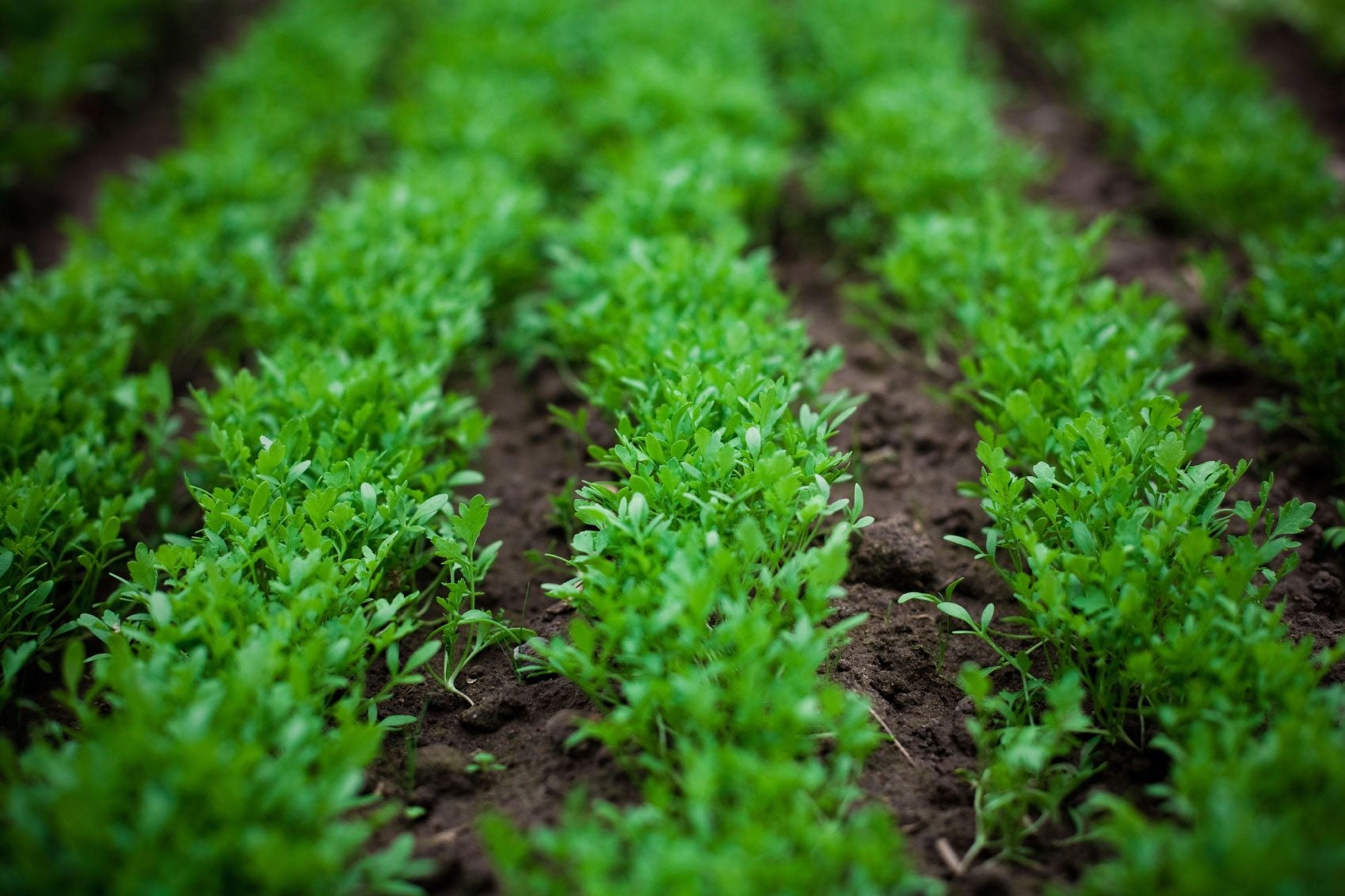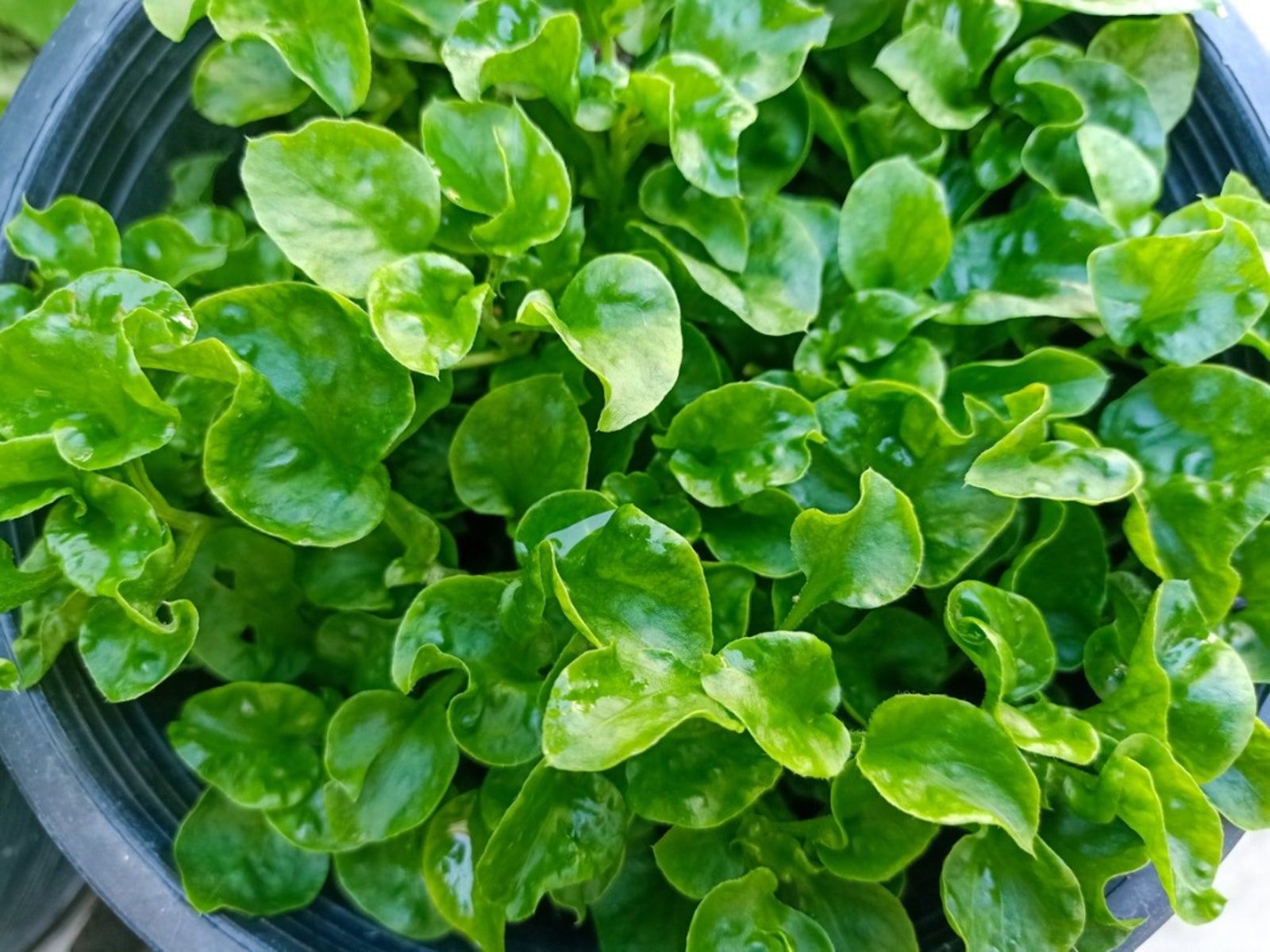Care Of Watercress: Growing Watercress Plants In Gardens

If you are a salad lover, as I am, it is more than likely that you are familiar with watercress. Because watercress thrives in clear, slow moving water, many gardeners refrain from planting it. The fact is that the plant is very adaptable and watercress cultivation can be attained in a number of different ways at home. So, how to grow watercress in the home garden? Read on to learn more.
Watercress Cultivation
Watercress is a perennial cultivated for its clean, slightly peppery tasting leaves and stems. Seen wild, it grows partially submerged in running water and flooded areas in moderately cool climates. If you have a water feature in your landscape, this is a great place to cultivate watercress, but don't despair if not. Watercress can also be grown in consistently wet soil with a soil pH of 6.5-7.5 in full sun, or you can mimic natural conditions by growing watercress plants in a bucket or other container. In the garden proper, you can dig out a 6-inch (15 cm.) furrow, line it with 4-6 mil polyethylene and then fill with 2 inches (5 cm.) of composted soil or peat moss. Of course, if you have a running stream on your property, watercress cultivation is about as simple as it gets.
Growing Watercress Plants
Watercress can be grown from seed, transplants or cuttings. Watercress varieties abound, but the most common home grown variety is Nasturtium officinale. Prior to planting, choose a sunny location and amend the garden soil with 4-6 inches (10-15 cm.) of composted organic matter down to a depth of 6-8 inches (15-20 cm.). Seeds are tiny, so they need to be lightly broadcast over the prepared site. Sow three weeks before the frost-free date for your area. This plant germinates best in cool conditions (50-60 degrees F. or 10-15 C.) but not frigid. Keep the planting area moist but not covered with water. Container grown plants can be placed in a saucer filled with water to retain moisture. Seedlings will appear in about five days. If you are transplanting, space the plants 8 inches (20 cm.) apart once all chance of frost has passed.
Care of Watercress
Consistent moisture is the number one concern in the care of watercress; after all, water is its milieu. Container grown plants can be placed in a bucket filled with 2-3 inches (5-7.5 cm.) of water so the roots stay submerged. Although the plant does not have high nutrient requirements, cultivated cress may show signs of potassium, iron or phosphorus deficiencies. A complete soluble fertilizer applied at the recommended rate should mitigate any of these issues. In the garden, keep the area around the plants free from weeds and mulch to aid in water retention. Snails love watercress and should be removed by hand or trapped. Whiteflies also like the plant and can be controlled with soapy water or insecticidal soap. Spider mites cause leaf discoloration and general deterioration of the plant. Natural predators such as lady beetles, predatory mites or thrips can help control these pests.
Watercress Harvesting
The flavor of watercress is best during the cool months of the year. Once the plant blossoms, the flavor is compromised. Watercress harvesting can commence about three weeks after emergence. Cutting or pruning the plants will encourage them to be thicker and lush. Cut the plants to a height of about 4 inches (10 cm.). Wash the cuttings thoroughly and store in a plastic bag in the refrigerator for as long as a week. Harvesting can continue year-round, adding a boost of vitamins A and C, along with niacin, ascorbic acid, thiamine, riboflavin and iron to your ho-hum salad or an added zing to compound butter or sauces.
Gardening tips, videos, info and more delivered right to your inbox!
Sign up for the Gardening Know How newsletter today and receive a free copy of our e-book "How to Grow Delicious Tomatoes".

Amy Grant has been gardening for 30 years and writing for 15. A professional chef and caterer, Amy's area of expertise is culinary gardening.
-
 Looking For Plants To Give You The Soft And Fuzzies? Try These 5 Fuzzy Leaf Plant Options
Looking For Plants To Give You The Soft And Fuzzies? Try These 5 Fuzzy Leaf Plant OptionsLovers of texture, drama, silver foliage and tactile plants will adore these special sensory garden additions. These fuzzy leaf plant options will leave you all aglow
By Susan Albert
-
 Get Ready For A Summer Of Hummers! Grow These Full Sun Hummingbird Plants and Flowers
Get Ready For A Summer Of Hummers! Grow These Full Sun Hummingbird Plants and FlowersIf you’re lucky enough to enjoy a sunny backyard, make sure you are maxing out on your pollinator opportunities and grow these full sun hummingbird plants and flowers
By Tonya Barnett
